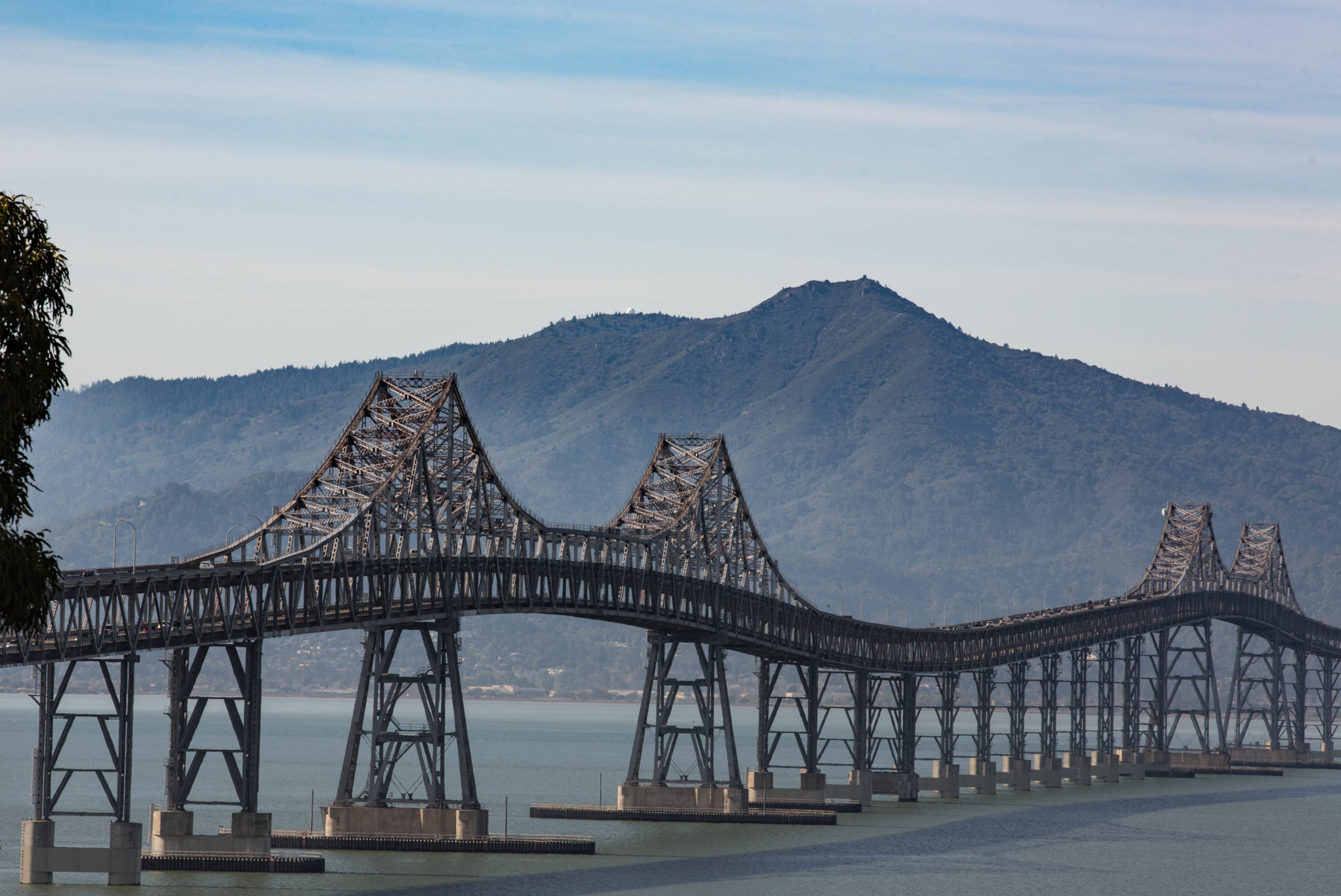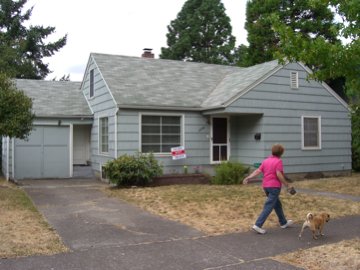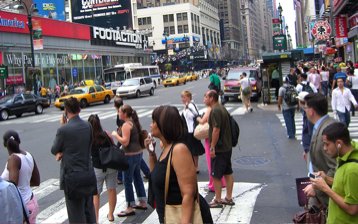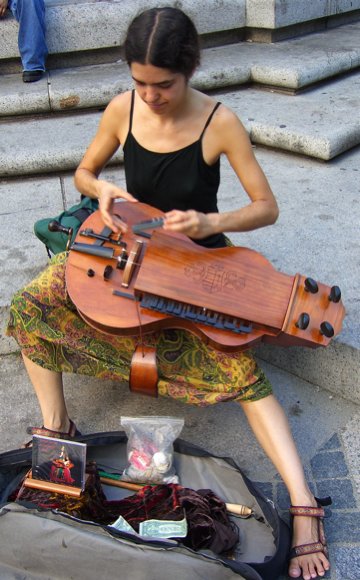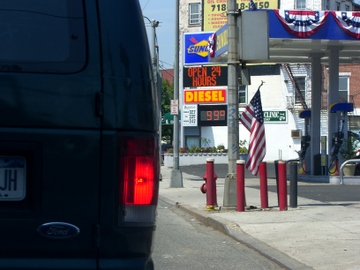Day Three
Starting with today, the reason I’m here this time: It’s my dad’s 85th birthday. We’re having a barbecue and Ann and Dan’s — my sister, my brother-in-law — at their place on the northwest side. Beautiful day for it. Sunny, in the low 70s, with a non-prevailing wind and a few clouds pushed this way from that hurricane in the East.
Pop: Happy birthday. Again!
Day Two
My bro-in-law Dan Wasmer and I got on our bikes and rode from the Wasmer-Brekke homestead down to my brother Chris’s place south of Interstate 80 in the south suburbs. By car it’s a 43-mile trip, so not the impossible dream in terms of getting out and riding it. But here’s the thing: The city itself presents itself as a kind of barrier; that’s especially true when you try to ride west out of the northwest side: O’Hare is a giant obstacle that needs to be navigated around; no problem in a car, a pretty good challenge when you’re on your own on two wheels. Riding south, the challenge is a little different: Finding a route that’s reasonably direct and that avoids the unseen terrors of non-Caucasian, non-Spandex-wearing neighborhoods; also, finding a route that keeps you off the busiest streets. Because, though you see tons of cyclists on the lakefront bike paths — too many; too many who are still getting the hang of riding; too many riding among too many pedestrians and runners and random path-crossers; too many to ride at an expeditious pace and feel safe — you don’t see a lot of people on the streets and roads.
We headed south from the northern end of California Avenue until it’s interrupted at Lawrence; we jogged west on Lawrence and then southeast on Manor back to California; then to Grand Avenue, then east to Damen; then Damen down to Blue Island Avenue, and west on Blue Island (which turns into 26th Street) back to California and the Cook County Jail complex; down California to 71st, then, after a brief sojourn on some side streets not all that far from my mom’s old neighborhood, back east to Western Avenue. Western is busy but not impossible at that point; we had one car full of guys yell something at us — whatever it was, I greeted it with a friendly wave — and we rode all the way out of the city before we turned west again, on 123rd. That took us to Kedzie before we hit a detour; Kedzie was fine, and we took that to 175th, then south on Central Avenue, across Interstate 80 just west of the I-57 junction, then a few more miles south (to Vollmer Road, then Harlem Avenue) to Chris’s place. Our mileage: 43 miles, the same as driving (and going at a reasonably friendly pace, we made it in three hours, even with all the traffic signals we hit).
So now I know how to do that.
Day One
Took the 6 a.m. United flight from Oakland to Chicago. Encountered major confusion and building frustration (other travelers’, not mine) at the United check-in counter. My experiment on this flight: I took my handheld GPS unit to see if it would work. I got a window seat (to work, the GPS needs to simultaneously “see” at least tglobal positioning system satellites). I managed to get a window that I couldn’t really look out of, though, it was far enough aft of my seat that the only way to get a view was to lean my seat way back; I prefer not to do that because I know how unpleasant it is have the seat in front of me pushed back in my face. But I did manage to figure out a way to prop up the GPS in the window. When I turned on the device 10 minutes after takeoff, it had no problem acquiring signals from half a dozen satellites, and it worked throughout the flight. The result: I have a track I can view to see the path we took, which admittedly may not be interesting to anyone but me. The problems I found: Since my window was in an awkward position, I couldn’t really move the GPS much to check the map display while we were en route; and I also found the 2-inch display pretty hard to read. The thing to do would be to figure out how to connect the unit to a laptop so you could get a nice big display of the route as you’re moving. Next time, maybe.
